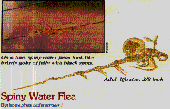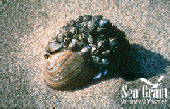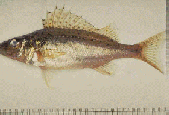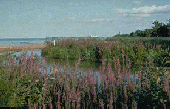

|
|
Representing the national sport fishing community on Congressionally mandated federal Ruffe Control Committee and Great Lakes Panel on Exotics, the Great Lakes Sport Fishing Council recognizes the seriousness of incidentally introduced foreign species(exotics) into our ecosystem. The Council has assembled a series of informational links to help anglers learn more about the invasion of these unwanted exotics. |
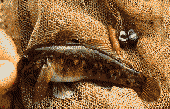
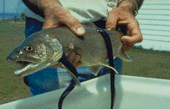 photo
courtesy GLNPO
photo
courtesy GLNPO
